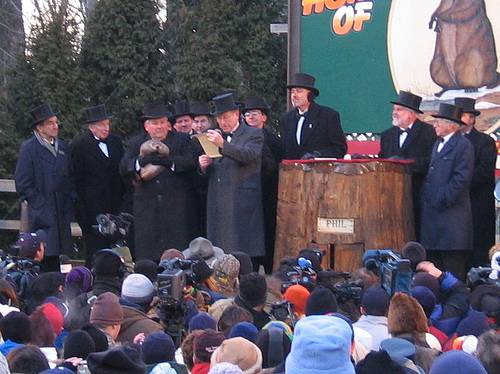CLINT EASTWOOD is an anagram for OLD WEST ACTION.
Boom!

Czech architect Jan Letzel deserves some kind of prize. His Prefectural Industrial Promotional Hall in Hiroshima, Japan, withstood the 1945 atomic bomb, though the blast took place almost directly overhead.
He’d reinforced it in case of earthquakes.
The ruin was made a UNESCO World Heritage site in 1996 — over the objections of the U.S. and China.
Late Bloomer
Hugh Hefner lost his virginity at age 22.
“Use of Time”
Dr. Cotton Mather, who was a man of uncommon dispatch and activity in the management of his numerous affairs, and improved every minute of his time, that he might not suffer by silly, impertinent, and tedious visiters, wrote over his study-door, in large letters, “Be short.”
Ursinus, a professor in the University of Heidelburgh, and a diligent scholar, to prevent gossips and idlers from interrupting him in his hours of study, wrote over the door of his library the following lines–“Friend, whoever thou art that comest hither, dispatch thy business or begone.”
The learned Scaliger placed the following sentence over the doors of his study–“Tempus meum est ager meus,” “My time is my field or estate.” And it is frequently the only valuable field which the labourer, in body or mind, possesses.
Ever hold time too precious to be spent
With babblers.–_Shakspeare._“Friends,” says Lord Bacon, “are robbers of our time.”
— The Mirror of Literature, Amusement, and Instruction, Jan. 15, 1831
Groundhog Day

The residents of Punxsutawney, Pa., have consulted “groundhog weatherman” Punxsutawney Phil each Feb. 2 since 1887 to see whether the nation must endure six more weeks of winter.
He’s said yes 88 percent of the time, predicting an early spring only 13 times in 110 years.
Unquote
“Simplicity is the ultimate sophistication.” — Leonardo da Vinci
“Errors of the Press.”
“The following paragraphs will shew how completely the sense is altered by the omission of a single letter of the word in Italics”:
- “The conflict was dreadful, and the enemy was repulsed with considerable laughter.”
- “Robert Jones was yesterday brought before the sitting Magistrate, on a charge of having spoken reason at the Barleymow public-house.”
- “In consequence of the numerous accidents occasioned by skaiting on the Serpentine River, measures are taking to put a top to it.”
- “When Miss Leserve, late of Covent Garden Theatre, visited the ‘Hecla,’ she was politely drawn up the ship’s side by means of a hair.”
- “At the Guildhall dinner, none of the poultry was eatable except the owls.”
- “A gentleman was yesterday brought up to answer a charge of having eaten a hackney-coachman for having demanded more than his fare; and another was accused of having stolen a small ox out of the Bath mail; the stolen property was found in his waistcoat pocket.”
— Salem Register, 1827, quoted in The Olden Time Series, Vol. 6: Literary Curiosities: Gleanings Chiefly from Old Newspapers of Boston and Salem, Massachusetts, 1886
Human Zoos

Now decried as racist, “human zoos” attracted millions to fairs and exhibitions in the 19th century.
They purported to show how other peoples lived in their “primitive” state, but they often revealed more about their white organizers.
In 1906, the Bronx Zoo exhibited a Congolese pygmy next to an orangutan, as an example of the “missing link.” The pygmy was finally removed after a public outcry. Clergyman James H. Gordon said, “Our race, we think, is depressed enough, without exhibiting one of us with the apes.”
Self-Made Man
Jay Leno has hosted the Tonight Show for 14 years, but he has never touched a cent of his earnings, living off stand-up performances instead.
“My original profession was and still is a comedian,” he says, “not a personality.”
Neighborhood Watch
“Dryden and Otway lived opposite to each other in Queen-street. Otway coming one night from the tavern, chalked upon Dryden’s door, Here lives John Dryden, he is a wit. Dryden knew his hand writing, and next day chalked on Otway’s door, Here lives Tom Otway, he is oppo-site.”
— Essex Register, 1802, quoted in The Olden Time Series, Vol. 6: Literary Curiosities: Gleanings Chiefly from Old Newspapers of Boston and Salem, Massachusetts, 1886
